How to bring function back to the psoas.
May 04, 2023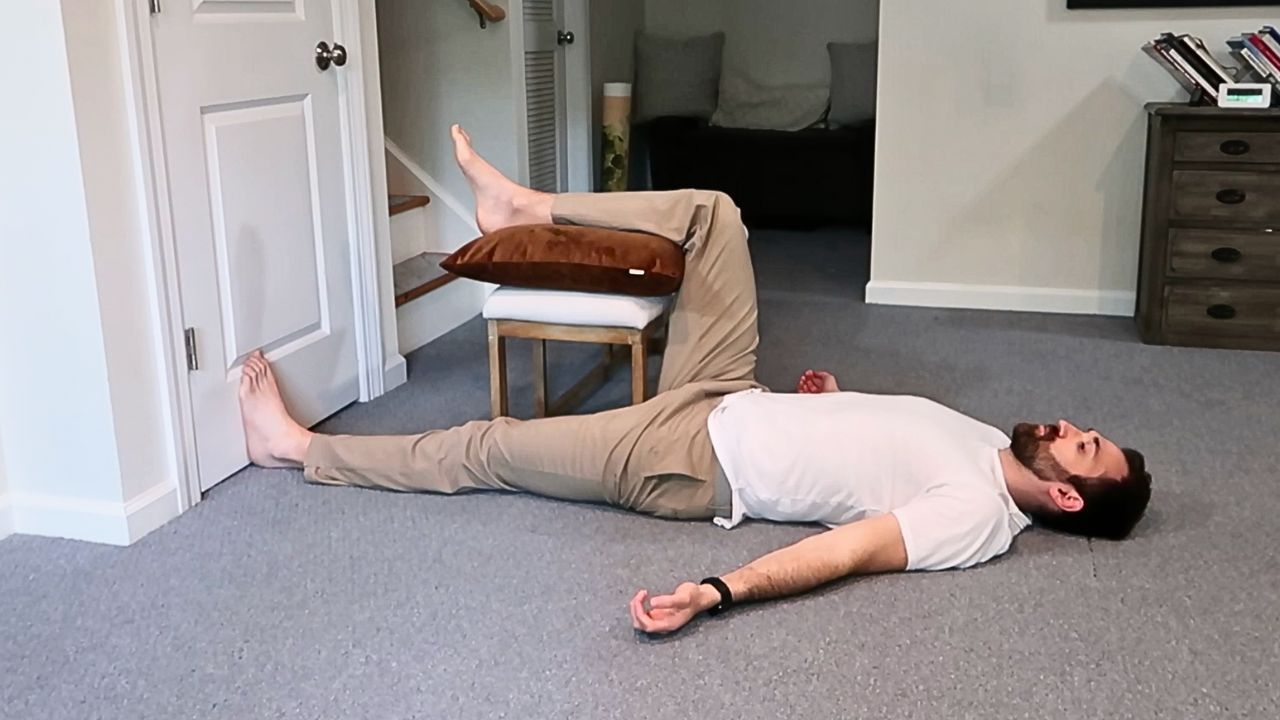
You've finally figured it out. A tight psoas muscle is causing your chronic hip or low back pain.
All you have to do now is find some stretches online to loosen up that psoas and KABAM! You're back in business baby!
No more pain. Now you can finally get back to that "perfect" life without pain. . . whatever that looks like.
Consider this article a PSA on what NOT to do about an allegedly tight psoas muscle.
A tight psoas is rarely the main or ONLY reason why we experience pain and discomfort in the hip or low back area.
The false belief that a few stretches targeting the psoas can fix your hip or low back pain can actually do you more harm than good.
To get to the root of our movement problems, we need to change the way we think about pain.
As promised, I will share 4 exercises targeting the psoas muscle you probably never tried.
But first, I want to give you some context on why these exercises will help you more than other ones you've probably tried already.
Psoas Major Action - What does it do?
Let's keep it simple stupid, yeah? Because we don't need to know every single anatomical responsibility of the psoas major muscle in order to start feeling better.
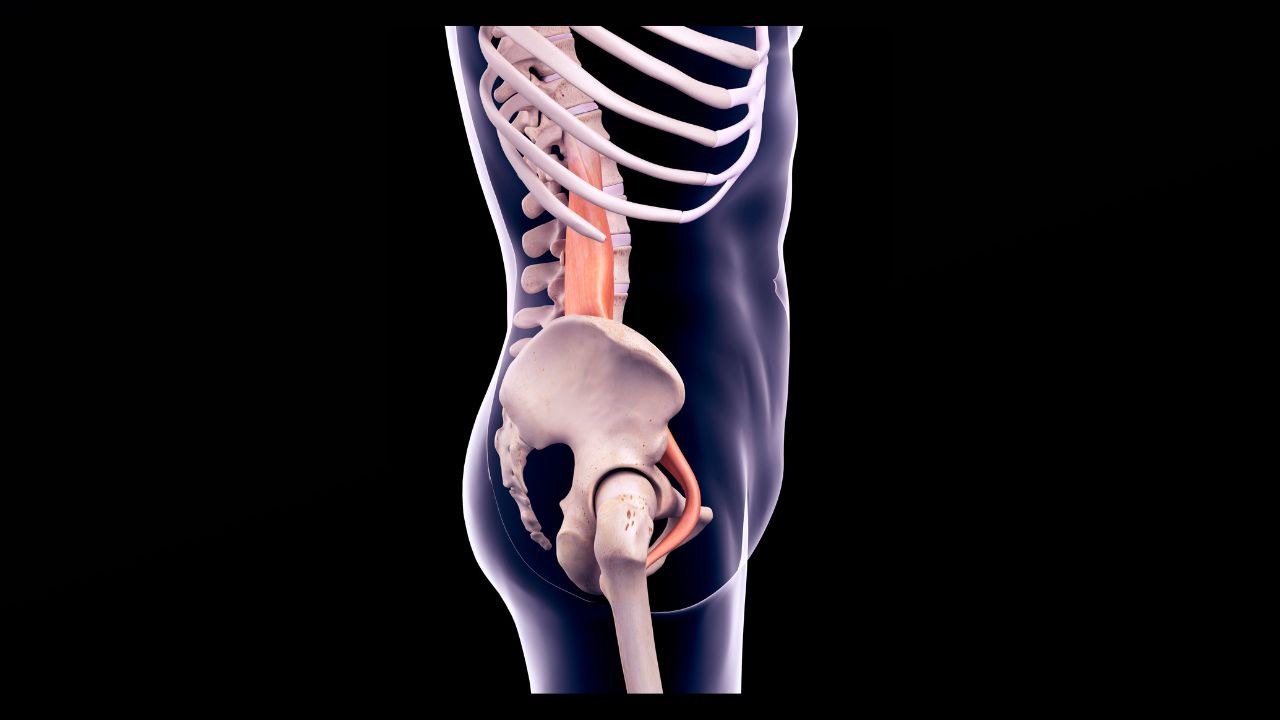
Every muscle in the body has complex and nuanced roles in human movement. Each muscle interacts with hundreds of other muscles, joints, tendons and ligaments in the body.
When we troubleshoot a muscle group, we first want to identify its main function and only go deeper if necessary. We don't want to miss the forest for the trees.
The psoas is incredibly important for hip flexion. Source.
And hip flexion is a crucial human movement.
We do it a lot in our daily lives. When we bend, walk or run. When we play sports or do any other dynamic activities like yoga or playing with our kids or grandkids.
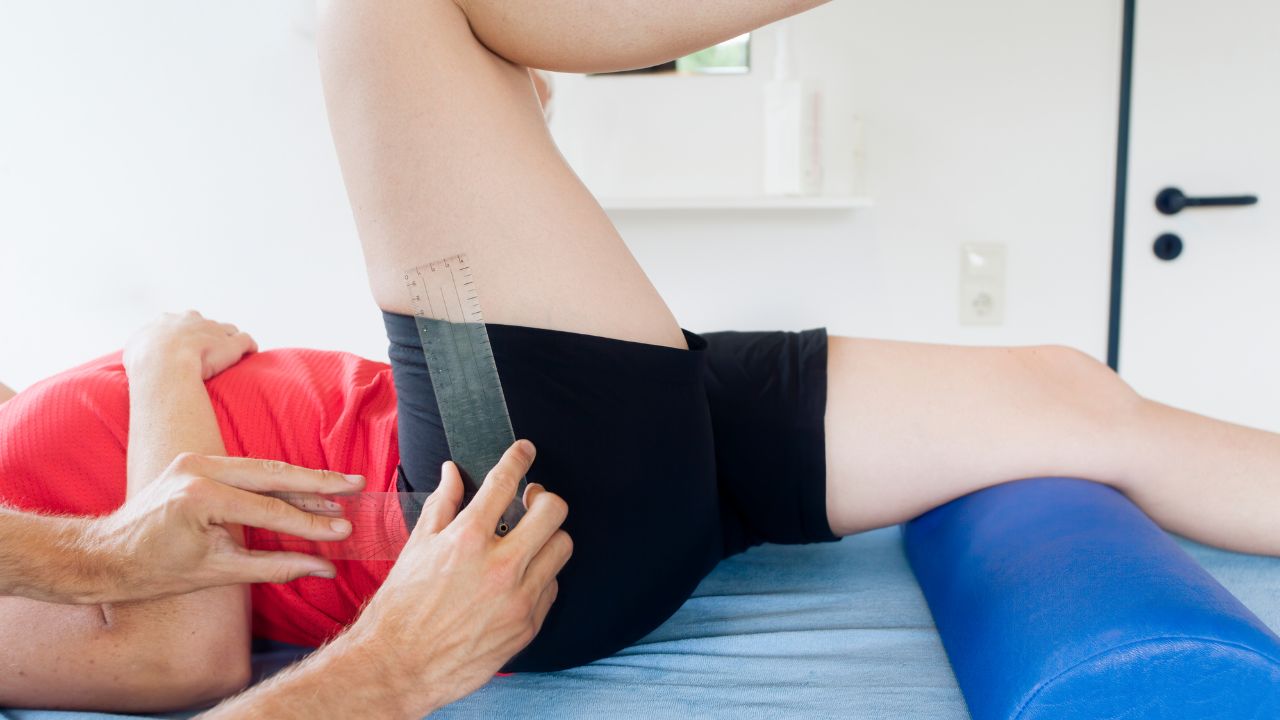
That's why I recommend thinking about the movement instead of the muscle. Improving a movement like hip flexion is objective.
We can literally measure progress in hip flexion through various tests and assessments.
On the other hand, whether a muscle is no longer "tight" or painful is a subjective experience.
It's not something we can measure or track progress on.
Psoas Syndrome and other "Dysfunctions"
Most people don't know what the psoas muscle is until something in that area of the body starts to hurt.
When you search for "psoas" on Google or YouTube, most of the results talk about how to fix a tight psoas.
Before we even get generic information about the psoas, we get bombarded with things that can go wrong with this muscle.
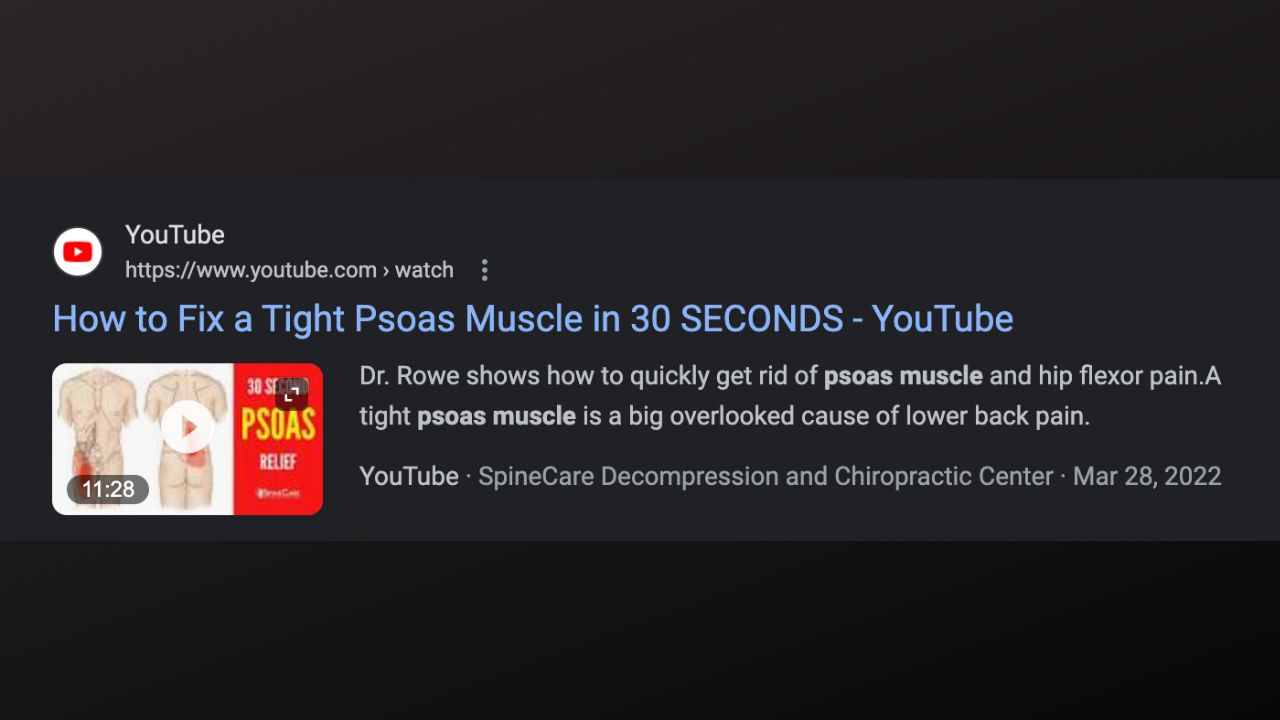
I think this feeds our desire to get a quick fix for our problems. Google, YouTube and social media all react to how WE react.
The more people click on a link or watch a video, the more people will be shown that link or video.
BUT that does not mean that the answer to your problem is going to be in that video or link.
A catchy title like "How to fix a tight psoas in 30 seconds" is going to get more views than "The complicated role the psoas major has in healthy hip flexion."
This is why many people mistakenly believe there is something wrong with their psoas muscle.
It's why this muscle has received so much attention recently and why some of the below "dysfunctions" have come on the scene recently.
Psoas Syndrome
Try this little experiment. Go into your Google search-bar and pick any muscle you are familiar with. Then add the word "syndrome" after it. Now press search.
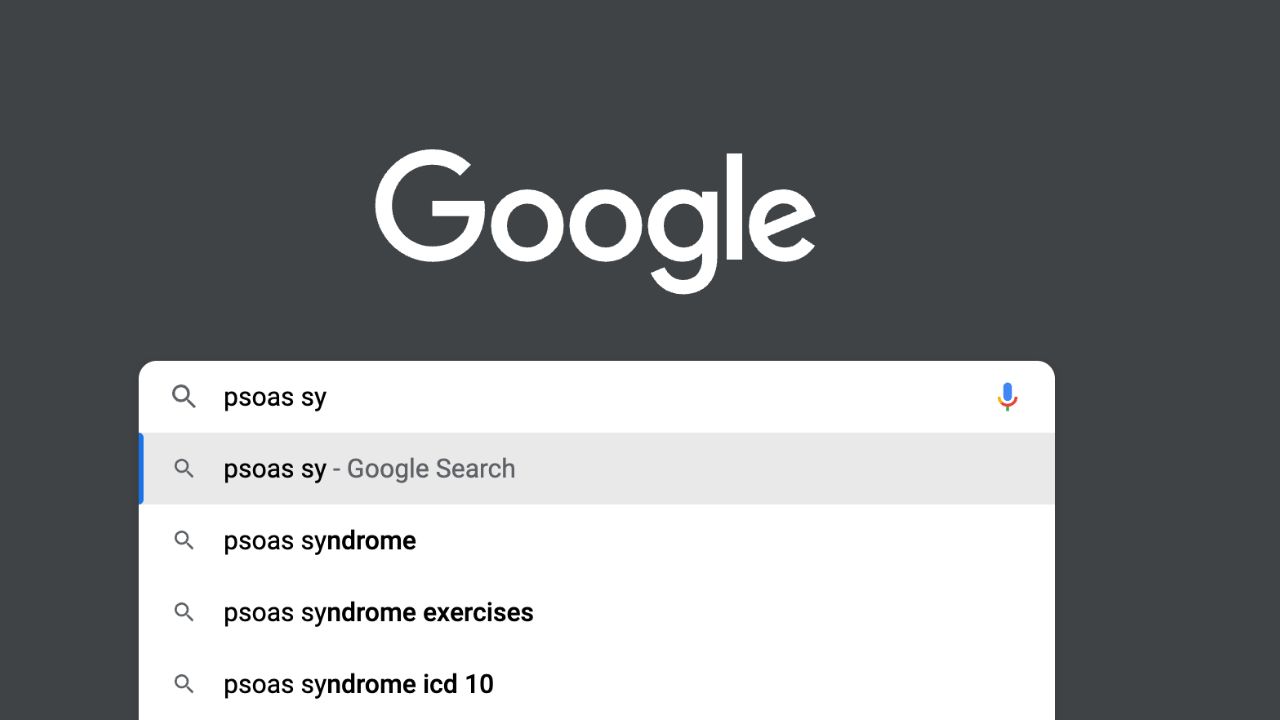
What you might notice is that there is some type of syndrome for all the popular muscles. Like "hamstring syndrome," "gluteal syndrome" or "rectus-adductor syndrome" to name a few.
Many of these conditions are diagnosed based on random factors like the location or type of pain. This is exactly what we see in the case of psoas syndrome.
The research supporting the existence of psoas syndrome is abysmal.
In one study, researchers recommend clinicians consider psoas syndrome when observations include pain radiating down the right leg, tenderness in the right piriformis or a right pelvic shift.
See this study to see other factors.
But these determinations were based on only one patient getting a diagnosis for psoas syndrome. This is one of the most cited studies on psoas syndrome!
We see a similar situation in another popular study from 2004 that examines just one case-study of a 79-year old man who had a total hip replacement. Study link.
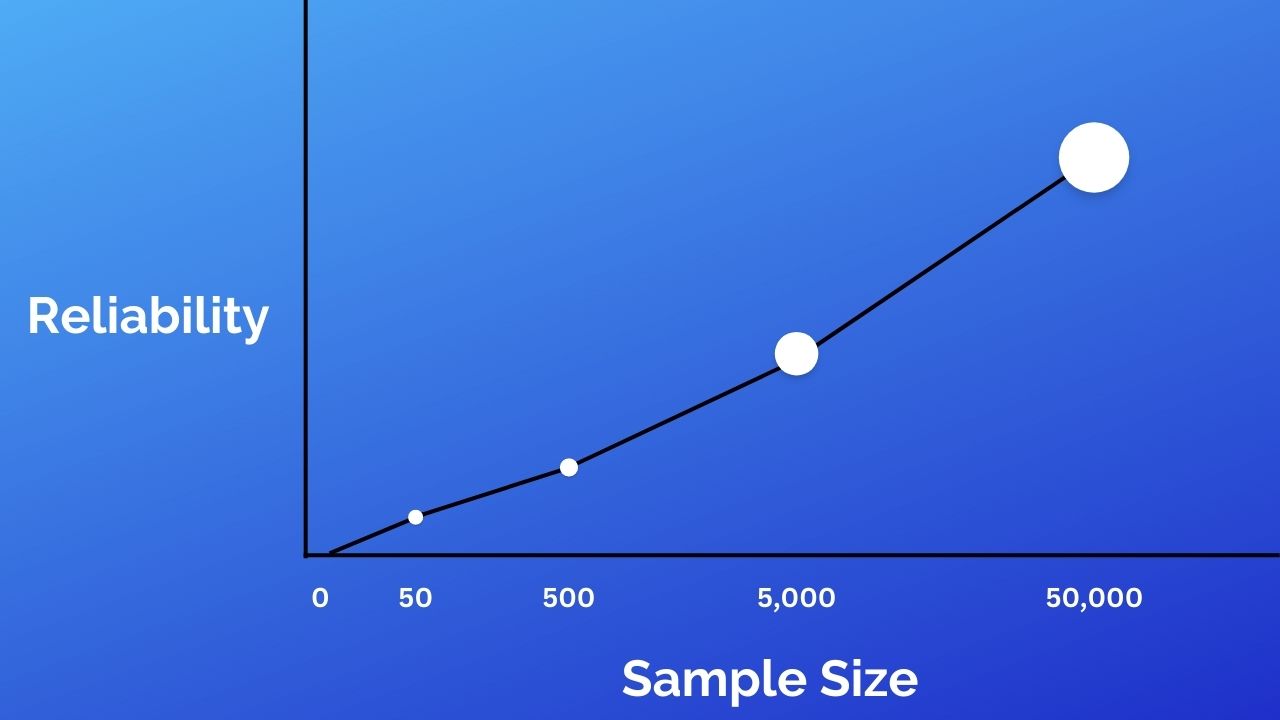
It's obviously unwise to make universal determinations based on the experiences of two patients.
Most studies acknowledge that psoas syndrome is rare and treatable through conservative measures. Source.
Is it rare or is it just not real? Thankfully psoas syndrome is not like other diagnoses where doctors justify surgery - like FAI and a hip labral tear.
It's not the psoas syndrome that matters - it's how you move and think about your pain that matters.
Non-diagnosed Psoas Pain
What if you weren't diagnosed with psoas syndrome but the pain is coming from the Psoas.
You feel the pain in a certain area so you find a muscle diagram of this part of the body. It's exactly where the psoas is located. It must be coming from the psoas! Right?
I used to think this too. But after spending years working in corrective exercise, I realized that the body does not work like this.
The area that hurts is rarely where the problem is. It might give us some insight but it rarely
means that we should put all of our focus on the exact location of the discomfort.
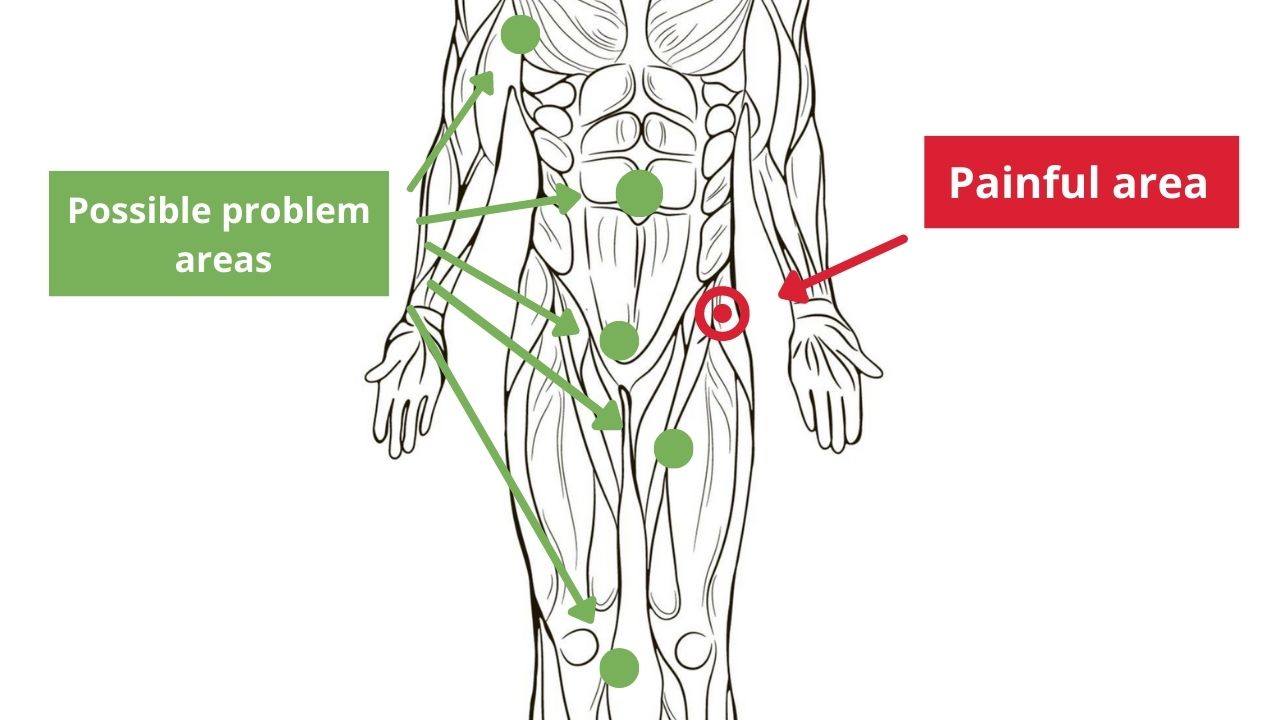
A better approach is to zoom out and see how the rest of the body is functioning. For example, if the area of discomfort is around the psoas, let's examine what our hip flexion is like.
How is the other side of the body functioning? How about the opposing muscle group - the glutes? Are they balancing out what the psoas muscle group is doing?
We can also look at how other muscles that surround the hip are functioning - like the hamstrings and adductors.
And it doesn't stop there! Problems in the hips can sometimes be caused by other joints in the body not carrying their weight - like the shoulders and ankles.
Hyperactive Psoas
A hyperactive or tight psoas is another popular dysfunction associated with this muscle group.
Something I learned a long time ago that has continued to serve me is that just because a muscle feels tight does not mean it is tight.
Tightness is a sensation, not a fact. Elite and incredibly flexible young gymnasts feel tight sometimes. And so do stiff adults like you and me.
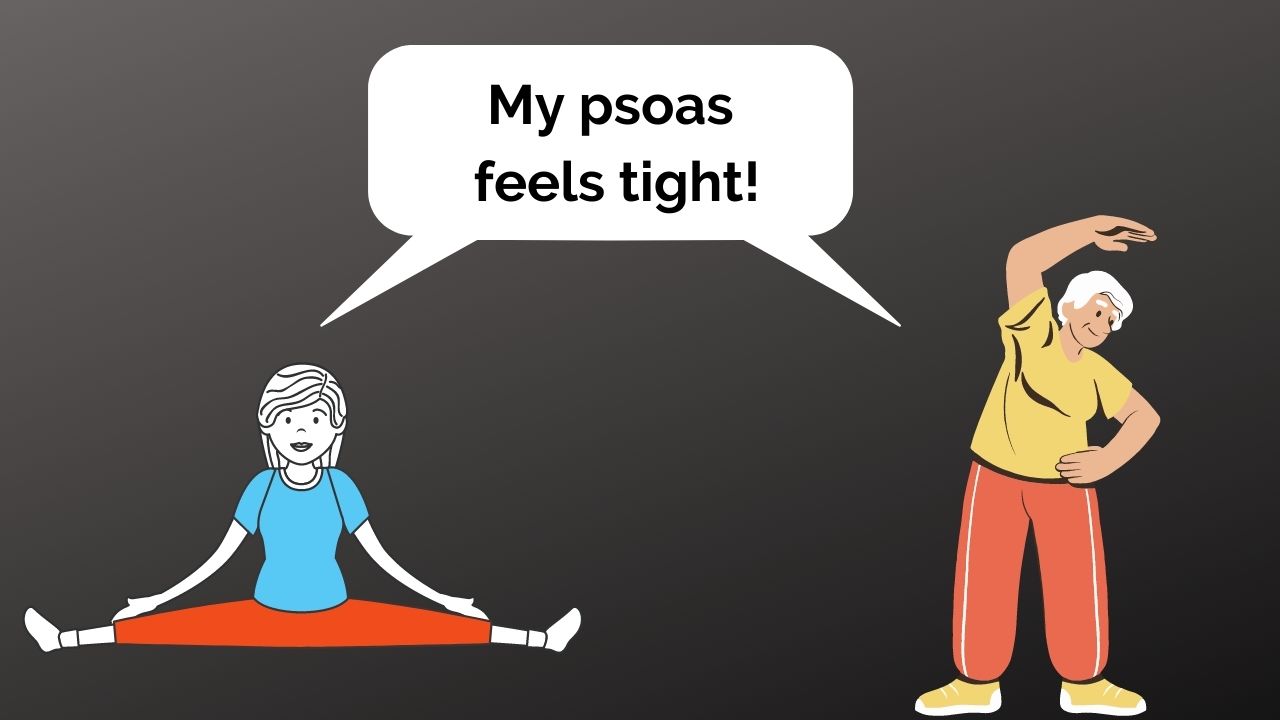
Sensations of tightness and stiffness come from the brain. And the brain does not always have our best interests in mind. Its job is to protect us.
When the brain senses danger, it lets us know.
Tightness, stiffness and the urge to stretch out is our brain sending us a message. But what meaning we attach to that message can often be wrong.
Something that feels tight can actually be weak. Or the opposing muscle is weak. Or the brain is just craving some movement because the body has been sedentary for so long.
That's why trying to calm down a "hyperactive psoas" rarely works long-term. It might provide some temporary relief because we are feeding the brain with what it thinks this muscle needs.

But we also risk entering into a dangerous feedback loop where we will be stretching or massaging our psoas for months or years to come.
The Psoas Release Myth
You've seen those videos. The good-looking guy or girl wearing barely anything lies down on some contraption that "finally releases the psoas." Years of hip or back pain gone!
I call BS. There is nothing to release in the psoas. The only thing people are doing is calming down the nervous system at best and causing red spots on their bodies at worst.
Psoas massage
I share my thoughts about what the research says about massages for hip pain in this article.
I don't think a distinction needs to be made for the psoas as it's a major muscle of the hip.
To summarize quickly here, research fails to show any causation between pain relief and massage. But that does not mean that massage is useless.

Massage helps calm down the nervous system and helps us relax. There is incredible value in this.
For some people, their pain patterns are exacerbated because of an overactive and jacked up nervous system.
Integrating low-risk and enjoyable things like getting a massage is a great way to take the edge off in the healing journey.
But it’s important to recognize what certain interventions can and cannot do.
Psoas muscle stretches that won't work
In the next two sections, I’m going to share with you some helpful exercises and stretches for the psoas.
But before I explain what CAN help, I want to explain what won’t.
Notice how I say exercises and stretches. Because for some people, strengthening the psoas is more important than stretching it out.

But many people assume that their psoas needs to be stretched. This is one of the most fundamental mistakes when it comes to corrective exercise.
Stretching a muscle because it feels tight. Or because someone told you to. Or because you saw a stretch on instagram that looked like it was perfect for you!
Stretching the psoas can be great for some but a waste of time for others.
The key is understanding what strategy is best for your body - which I go over in the next section.
How to properly exercise the psoas muscle
We’re going to keep this lesson simple. But just because something is simple, does not mean it’s not valuable.
The first exercise we’re going to do is the “hip-focused" cat/cow. But we’re going to do it a little bit differently than you’re used to.
For starters, we are going to be paying close attention to what is happening in the muscles around the hips.
This movement is as much an assessment as it is an exercise. I want you to answer two questions by the time you finish this exercise:
- Which direction is more challenging for you - (a) posterior tilt (tucking the pelvis and rounding the back) OR (b) anterior tilt (tipping the pelvis forward and arching the low back).
- Can you feel your hip flexors engage when you enter an anterior pelvic tilt (b above)?
Follow along and watch the video a few times. I intentionally emphasize and exaggerate cues that help you answer the above two questions.
Once you are able to answer those two questions, move on to the next and final section.
Psoas Exercises that work
Continue doing the hip-focused cat/cow exercise above as much as possible.
It is a great way to mobilize the hips and spine while also engaging some much needed muscles.
If you found that the anterior tilt was more challenging for you and/or you couldn’t feel your hip flexors engaging when entering an anterior pelvic tilt, you likely have weak psoas muscles.
The solution? Strengthen them! Below are a couple of beginner exercises to get you started. After you do the exercises, try the hip-focused cat/cow again and see how it feels.
What if you noticed the opposite? You had more difficulty entering a posterior tilt and/or you had no trouble feeling the hip flexors engage when entering an anterior pelvic tilt?
Then yes, you might get value from stretching the psoas. But even more importantly, you want to strengthen the glutes as well.
All muscles work in conjunction with another muscle. So when one muscle isn’t opening well, then the opposing muscle is usually weak.
I’m going to share with you one of each - a stretch for the psoas and a strength exercise for the glutes.
Give them a try if you fall into this category.
Closing Thoughts
Bringing function to the psoas muscle might be an important element for you. But remember, nothing in the body works in isolation.
There is no one muscle that is behind your pain or movement problems. Instead, I highly recommend you treat it as one small piece of a much lager puzzle.
Other pieces of the puzzle might include other muscles in the hip or other load bearing joints - like the shoulders and ankles.
It might also include your psychology. How me move and feel on a day-to-day basis is strongly influenced by the way we think.
I know it's tempting to blame all your problems on one "dysfunctional" muscle like the psoas but I promise you this is almost never the case.
I've been down that road before too. And my movement and body only started to truly improve once I let go of this false belief.


